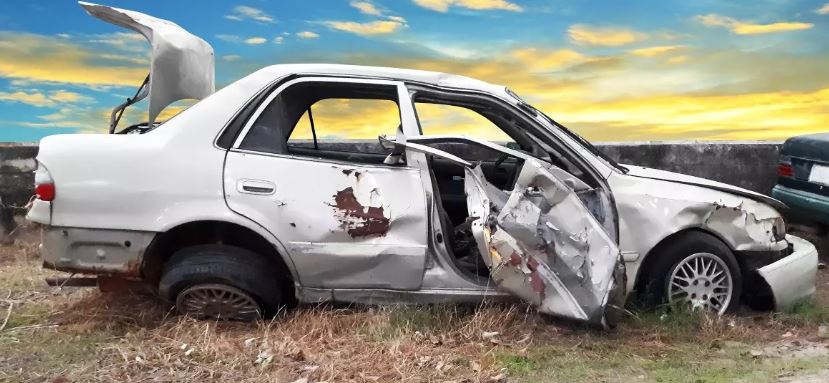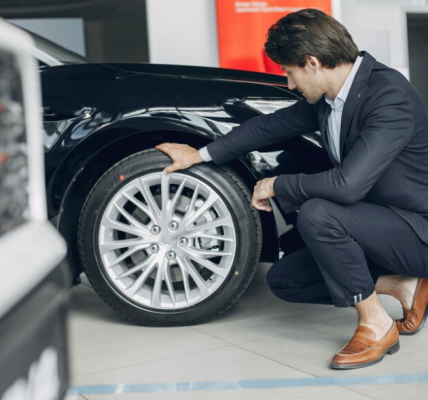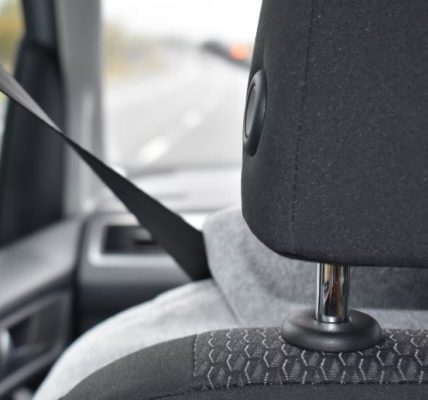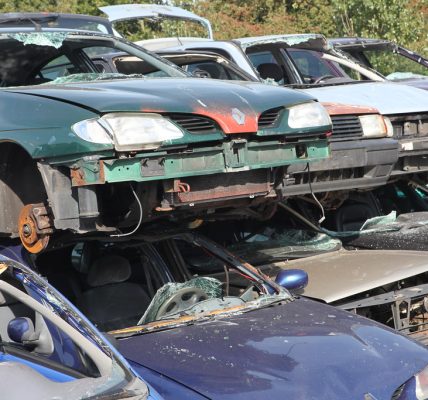When your old car is no longer roadworthy or you simply need to get rid of it, opting for a scrap car removal Sydney service can be a convenient and beneficial choice. But what happens to your car after it’s removed from your driveway? Understanding the journey of your car from removal to recycling can provide insight into the value and environmental impact of this process.
1. Initial Inspection and Valuation
The first step after your car is picked up by a car removal service is a thorough inspection. This evaluation determines the car’s overall condition, the potential resale value of its parts, and the most environmentally friendly disposal method. Key factors considered during this inspection include the car’s make, model, age, mileage, and the condition of both the exterior and interior.
2. Transport to the Facility
Once the initial inspection is complete, your car is transported to a designated facility. This could be a scrapyard, a recycling center, or a specialized dismantling facility. During transportation, the car is securely fastened to prevent any damage or spillage of fluids that could harm the environment.
3. Fluid Draining and Hazardous Material Removal
One of the first processes at the facility is the safe removal of hazardous materials and fluids. This includes engine oil, brake fluid, coolant, transmission fluid, and gasoline. These substances can be harmful to the environment if not handled properly. Specialized equipment is used to drain these fluids, which are then either recycled or disposed of according to strict environmental regulations.
4. Dismantling for Reusable Parts
After the hazardous materials are safely removed, the car enters the dismantling phase. Skilled technicians meticulously disassemble the vehicle, extracting parts that are still in good condition and can be reused or sold. Components such as the engine, transmission, alternators, and starters are often salvaged. These parts are cleaned, tested, and refurbished if necessary before being sold to customers looking for affordable replacements.
5. Recycling Non-Reusable Materials
Once all usable parts are extracted, the remaining structure of the car undergoes a comprehensive recycling process. The car is crushed and shredded into small pieces, making it easier to separate different materials. Advanced machinery and technology are used to segregate metals like steel, aluminum, and copper, which are then sent to manufacturers to be melted down and reused in the production of new products. This step significantly reduces the demand for new raw materials, thereby conserving natural resources.
6. Plastic and Glass Recycling
In addition to metals, other materials such as plastics and glass are also recycled. Modern cars contain a substantial amount of plastic in their interiors, bumpers, and other components. These plastics are sorted, cleaned, and processed to be reused in the manufacturing of new automotive parts or other products. Similarly, glass from windows and windshields is crushed and processed to be used in new glass products, such as bottles and jars.
7. Rubber Recycling
Tires and other rubber components are often one of the last items to be recycled. Tires are typically shredded into small pieces and used in various applications, such as road construction materials, playground surfaces, or as fuel in cement kilns. This repurposing of rubber not only reduces landfill waste but also finds practical uses for a material that is otherwise challenging to dispose of.
8. Documentation and Legal Compliance
Throughout the entire process, proper documentation is maintained to ensure legal compliance and environmental responsibility. This includes records of fluid disposal, parts salvaged, and materials recycled. The final step for many cash for car removal northern beaches services is to provide the car owner with a Certificate of Destruction or similar documentation. This certificate serves as proof that the car has been disposed of in an environmentally friendly manner and that the car owner is no longer responsible for the vehicle.
9. Economic and Environmental Impact
The process of car removal and recycling has significant economic and environmental benefits. Economically, it creates jobs in the recycling and automotive industries and provides affordable car parts to consumers. Environmentally, it reduces the need for new raw materials, cuts down on greenhouse gas emissions associated with manufacturing new parts, and prevents hazardous materials from contaminating the soil and water.
Conclusion
The journey of your car after it’s removed is a complex but well-organized process that maximizes the reuse and recycling of its components while minimizing environmental impact. From initial inspection and fluid draining to dismantling, recycling, and proper documentation, each step ensures that the car’s disposal is handled responsibly. Understanding this process highlights the importance of choosing professional car removal services and contributes to a more sustainable and eco-friendly approach to vehicle disposal. By opting for car removal, you not only free up space but also play a part in conserving resources and protecting the environment.





